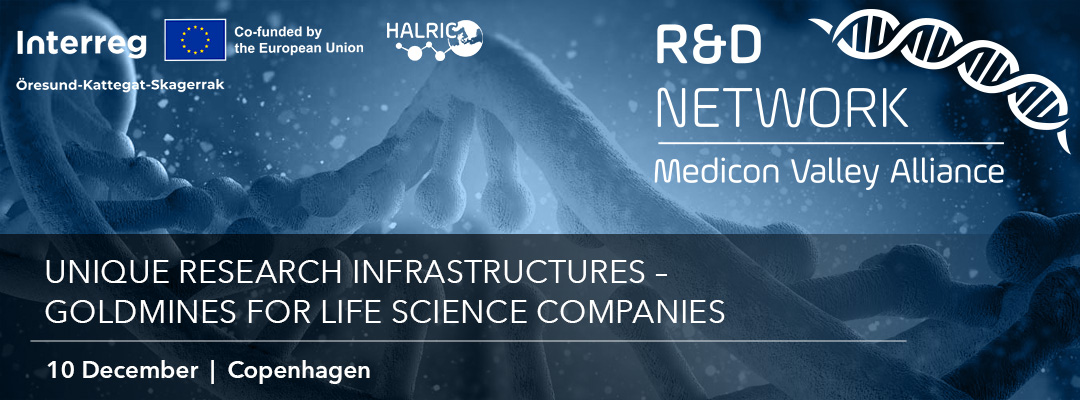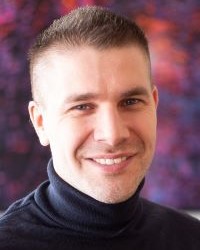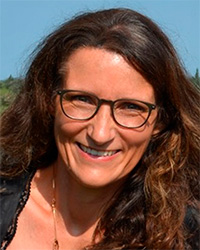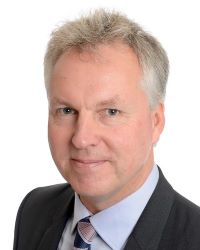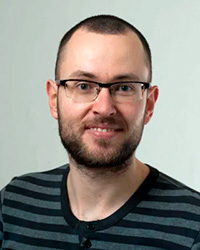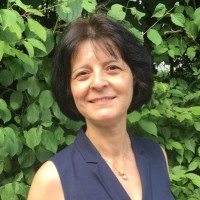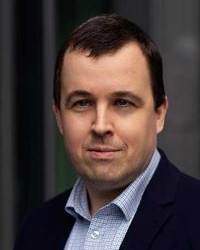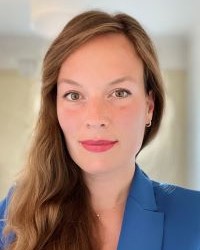Join MVA’s next R&D Network meeting to discover how life science companies can actively use available research infrastructures to fast-track research or product development. This includes unique large-scale infrastructures, such as MAX IV, ESS, DESY and European XFEL, as well as cutting-edge complementary infrastructures and expertise at universities and hospitals in Southern Scandinavia and Northern Germany.
In the event you can hear how your company can design and join pilot projects across a variety of subjects, from structural biology to antibody research, drug development, device characterization, computational modeling, cancer research, enzyme & peptide research all the way to medical imaging. There will also be ample networking time to meet new partners for industry-academia collaborations.
What’s in it for you?
- Learn about state-of-the-art infrastructures and their capabilities for your R&D needs.
- Meet local infrastructure experts on front-end technologies, instruments, expertise, and data handling.
- Find your next collaboration partner from industry and/or university and start designing a first pilot study together.
- Learn how the HALRIC consortium can support such pilot studies.
Date: Tuesday 10th December 2024
Time: 14:00 – 18:00
Venue: Medicon Valley Alliance, HUB2, Arne Jacobsens Allé 15, 2300 Copenhagen S, Denmark – Auditorium
Join us by using the sign-up button below.
Program
| 14:00 | Registration & networking |
| 14:30 |
Welcome Anette Steenberg, CEO, Medicon Valley Alliance |
| 14:35 | Introduction and overview Moderator Stephan Bouman, Head of Project Portfolio Management, Medicon Valley Alliance Why are research infrastructures important to a company? How can a company get supported through HALRIC and its network? |
| 14:50 | Research Infrastructures – what is possible? Emanuel Larsson, HALRIC Ambassador, Lund University Which infrastructures are available through HALRIC, and what capabilities do they have? Which research infrastructure to use for what problem? How can companies and academic HALRIC partners work together on a study? |
| 15:10 | Glimpses into practice – companies using research infrastructures
Advancing cellular infection models in the search for new antibiotics Accelerate discovery through structural insights – case examples with antibodies and small molecules |
| 15:40 | Coffee break |
| 16:10 |
How can companies work with cryo-EM? Andreas Bøggild, Application Specialist, Interdisciplinary Nanoscience Center, Aarhus University |
| 16:25 | How can companies work with a large-scale research infrastructure? Maryam Olsson, Grant Office Manager and Industrial Relations Officer, MAX IV |
| 16:40 | Idea bazaar – how can I join? A facilitated exchange of ideas and creation of new contacts. Moderated by: Stephan Bouman, Head of Project Portfolio Management, Medicon Valley Alliance Veronica Lattanzi, Industry Engagement Manager HALRIC, Medicon Valley Alliance |
| 17:00 | Networking and light snacks |
| 18:00 | End of meeting |
Speakers
Deadline for registration is 8th December
About HALRIC
HALRIC is an EU-funded consortium of 21 partners in Scandinavia and Northern Germany, with regional organizations like MVA, large-scale research infrastructures (MAX IV, ESS, DESY, European XFEL) and unique smaller infrastructures at universities and hospitals. The consortium aims to increase the use of research infrastructures and initiate collaborations across disciplines and borders. This is achieved by funding short pilot projects where companies, universities and a research infrastructure together e.g. can test a new analysis method, do feasibility studies, improve data handling, optimize sample preparation, characterize materials, or anything else that increases innovation through the cross-border use of research infrastructures and competences.
The MVA R&D Network
Joining the MVA R&D Network is free of charge but is limited to Medicon Valley Alliance members. Non-member organizations and companies are welcome to attend one network event to evaluate the relevance in joining the network. For more information please contact Katrine Brems Olsen kbo@mva.org
| Organized by | |
 |
